What is Retro-Futurism?
First coined in the 1960s, this aesthetic is best described as “a vision of the future from the past.” It is characterized by a mix of futuristic technology and old-fashioned styles. Humanity has always been intrigued by the idea of the future, and what the world could be like given the technology to better the everyday lives of average people. At the same time, we are nostalgic creatures, often finding comfort in the memories of our past. This aesthetic combines the wonder and hope of the future, with the roots of our past, capturing the dichotomy of the past and future, while highlighting the powerful effects technology can have on our society.
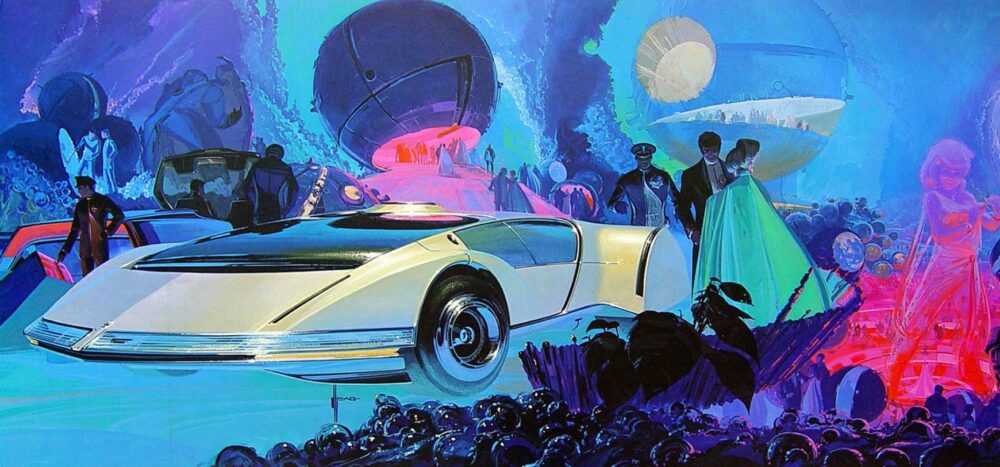
Figure 1: Syd Mead
Common themes this aesthetic embodies include futuristic old technology, spaceships, space, robots, and surrealist architecture. The style often depicts people in shiny, geometric, and monocolor clothing. The atheistic also has an influence on pop culture, with shows like The Jetsons, Star Trek, and Futurama.
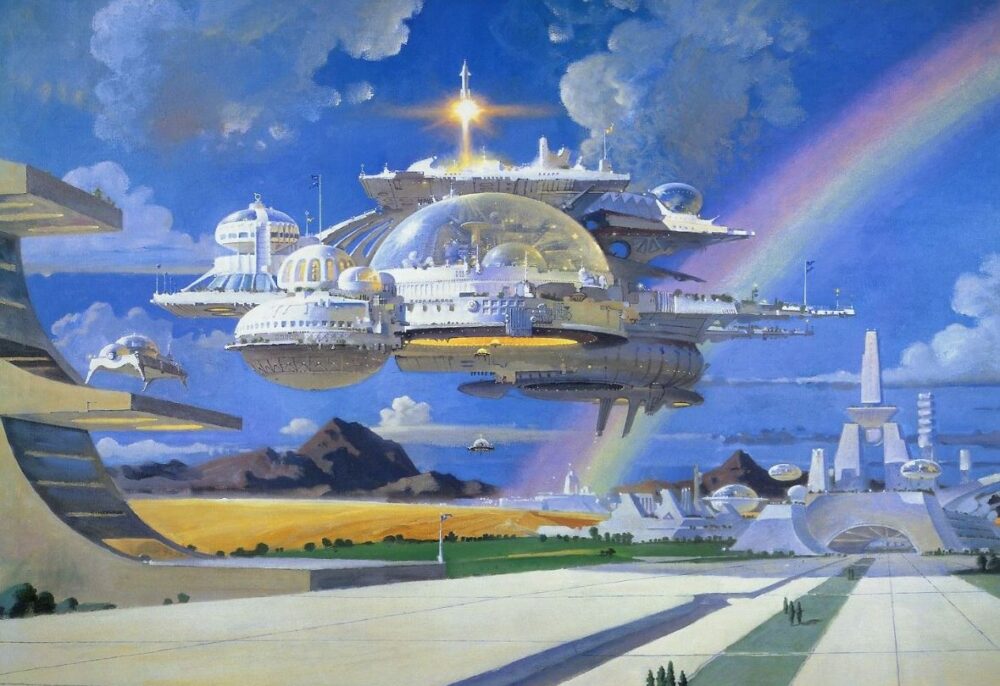
Figure 2: Robert McCall
One of the most popular artists that embody this aesthetic is Robert McCall, who has created concept art that has directly contributed to the visuals in both 2001: A Space Odessey, and Star Trek. McCall’s work incorporates vast detail and a sense of wonder and optimism in each of his pieces. To do this he utilizes bright colors, and imagery that inspires those who view to his art to see a positive future.
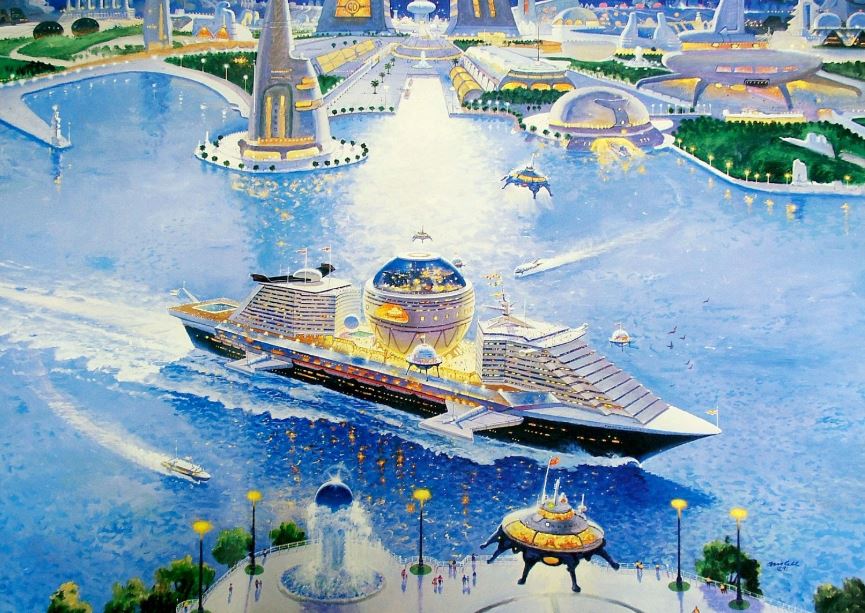
Figure 3: Robert McCall
“To be an artist in these times of explosive change is, for me, a privilege and a challenge. My goal is to document in my drawings and paintings a small part of this changing world and to anticipate in my work, the future that lies ahead”
-Robert McCall
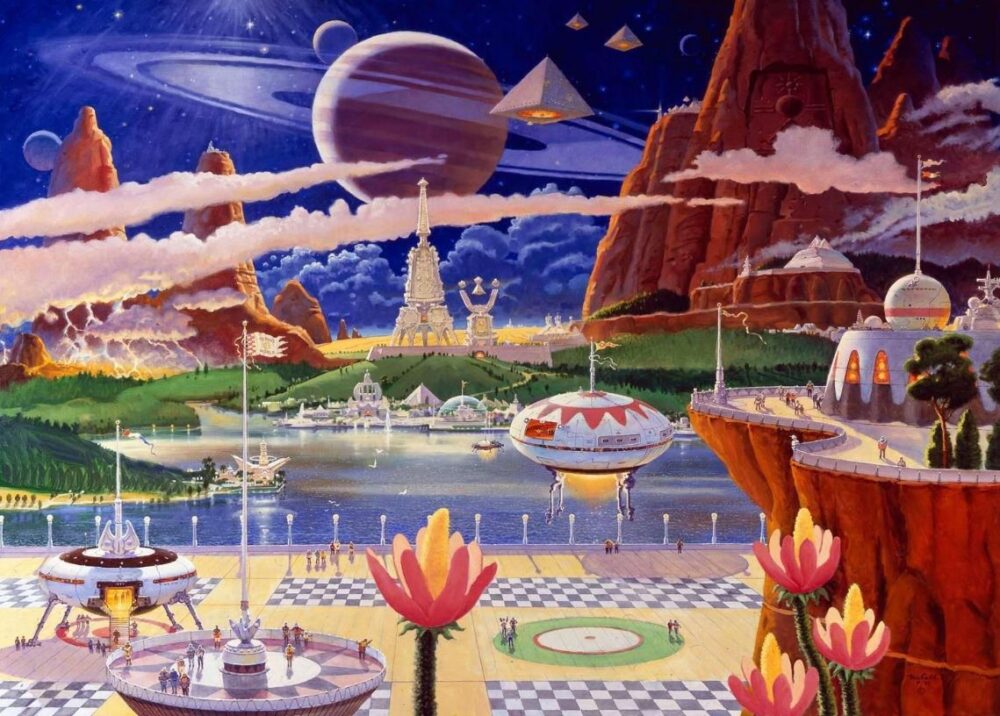
Figure 4: Robert McCall
Taking a deeper look, it is very easy to see why this atheistic is so captivating. With it’s mix of creativity, imagination, and optimism it is able to convey humanity’s positive outlook for the future.
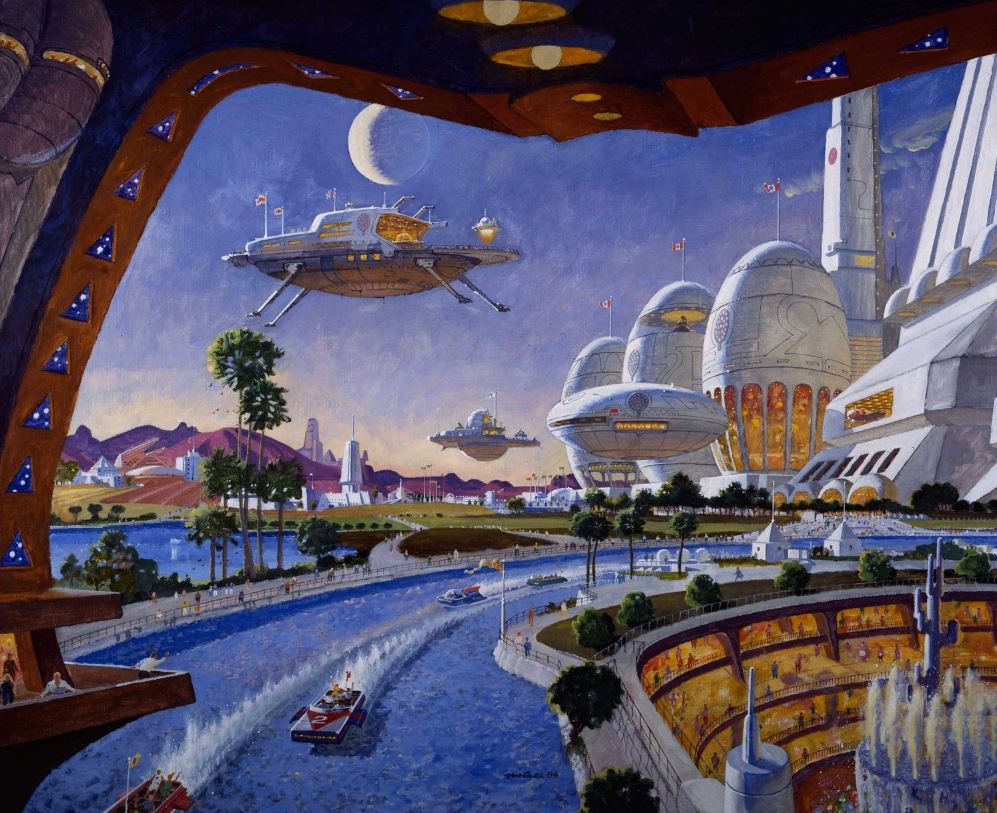
Figure 5: Robert McCall
Looking at the present, retro futuristic art is becoming more popular. People nowadays are more addicted to their electronic devices than ever before. As a society we are slowly becoming increasingly aware of the negative side effects technology has on not only our attention span, but our overall mental health. This has driven people to look for warmer, hands-on athletics that remind them of an era before we were so technology dependent. The retro futuristic atheistic brings about these feelings, while painting the future in a warmer light. Nowadays this style is also less popular, which makes it feel like an innovative art form that resonates with people looking for unique visuals.
References:
Davis, Liam. “Retro Futurism – the Art of Yesterday’s Tomorrow.” Artfilemagazine – Your Online Art Source, 28 Sept. 2023, artfilemagazine.com/retro-futurism/.
https://www.facebook.com/MossandFog. “The Optimistic Futurism of Space Artist Robert McCall | Moss and Fog.” Moss and Fog, 29 Jan. 2024, mossandfog.com/the-optimistic-futurism-of-space-artist-robert-mccall/.
Oaks, Sofia. “The Allure of Retrofuturism.” Countere Magazine, 19 Oct. 2022, www.countere.com/home/the-allure-of-retrofuturism.
“Retro-Futurism.” Aesthetics Wiki, aesthetics.fandom.com/wiki/Retro-Futurism.
“Retro-Futurism and Why It’s Making a Comeback in Design | Lummi.” Lummi.ai, 2024, www.lummi.ai/blog/retro-futurism-and-why-its-making-a-comeback-in-design.
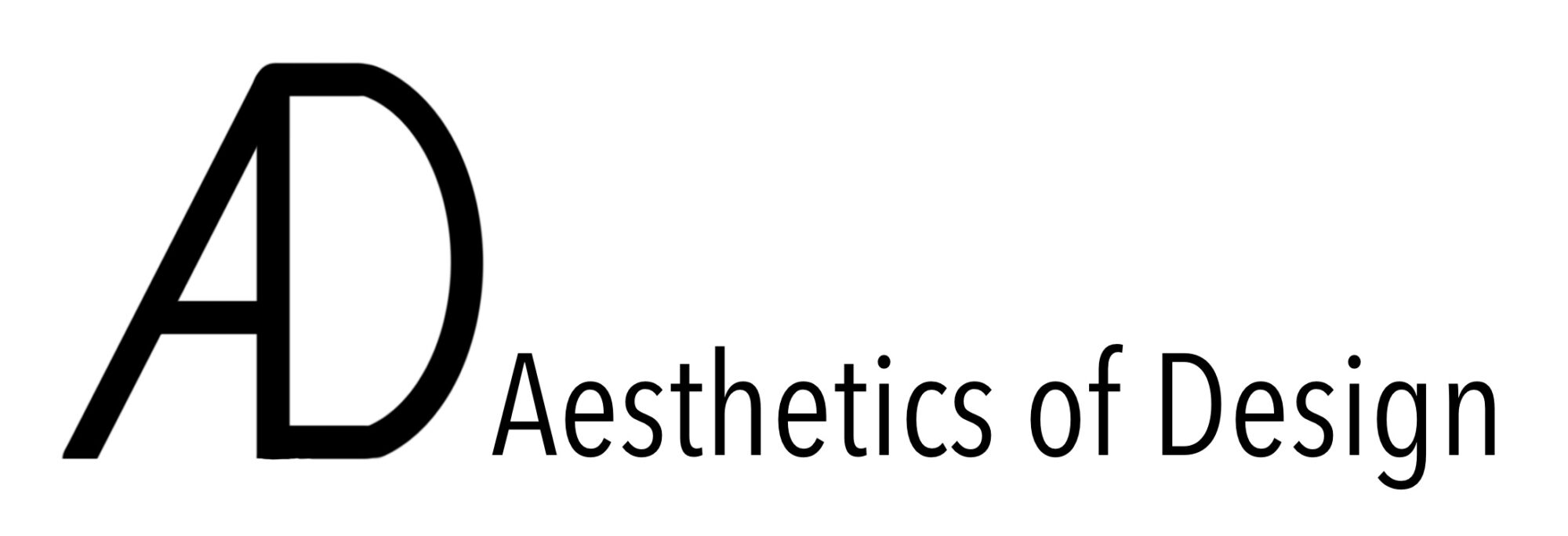
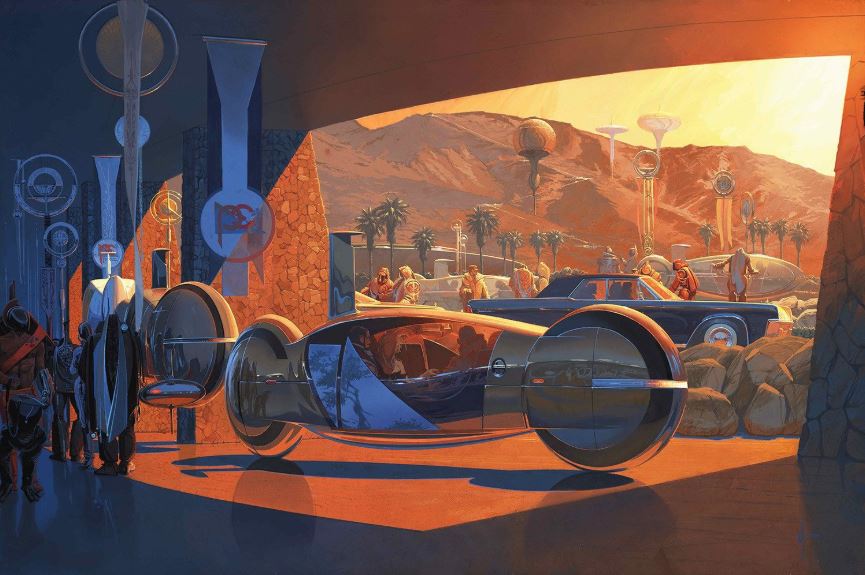
3 Comments. Leave new
I really enjoy this aesthetic and thought that your description of why people enjoy the blending of the past and future, and your thoughts on why this aesthetic may continue to grow in popularity. I enjoy all the examples of this art style that you posted, and I think that examining Robert McCall’s style and his motivations more could be interesting as most of the works here are his.
Thank you, Grant this was super insightful. I also agree that it would be super interesting to take a deep dive into Robert McCall’s motivations, and how his style has evolved throughout his work.
I think this description is really interesting! I appreciated the perspective at the end where you described the ways in which people appreciate this aesthetic for its kind of meta departure from technology while also enveloping it. It reminds me of a common phenomena where people can find ‘future nostalgia’ as a feeling when listening to certain kinds of music or enjoying older future based shows like the Jetsons. I would have liked to see some more variety of artists in your image showcases.